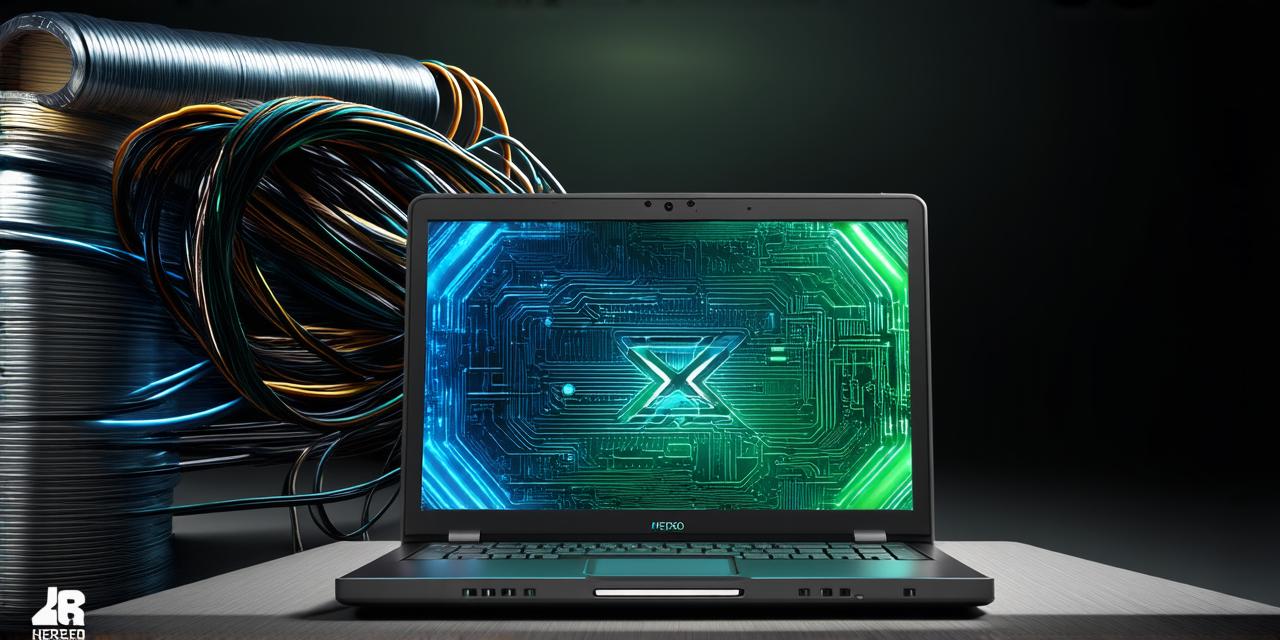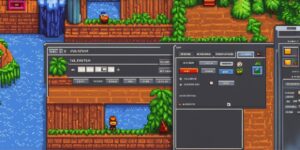System Requirements
Before we begin, it’s important to note that Unity has some minimum system requirements. To run Unity 3D on your computer, you will need:
- A Windows or Mac computer
- At least 4 GB of RAM (8 GB recommended)
- At least a dual-core CPU (quad-core recommended)
- At least a graphics card with DX10 (ATI Radeon HD 6870 or NVIDIA GeForce GTX 560) or higher
Additionally, it’s recommended that you have the latest version of your operating system installed on your computer.
Installing Unity
- Go to the Unity website (https://unity3d.com/get-unity/) and download the latest version of Unity for Windows or Mac.
- Once the download is complete, double-click on the installer file and follow the prompts to install Unity.
- During the installation process, you will be prompted to select a location where you want to install Unity. It’s recommended that you choose the default location.
- Once the installation is complete, you can launch Unity by clicking on the shortcut in your start menu or application launcher.
Creating Your First Project
- Open Unity and select “New Project” from the main menu.
- In the “Create New Project” window, you can choose a template for your project. There are several templates available, including 2D, 3D, and Mobile projects. Select the template that best suits your needs.
- Once you’ve selected a template, you will be prompted to name your project and select a location where you want to save it. It’s recommended that you give your project a descriptive name and choose a location that is easy for you to remember.
- After you’ve named your project and chosen a location, click “Create Project” to create your new project in Unity.

Conclusion
In this quick guide, we’ve taken you through the steps necessary to set up Unity 3D on your computer and create your first project. With these steps, you should be well on your way to creating your first game or application using Unity.


